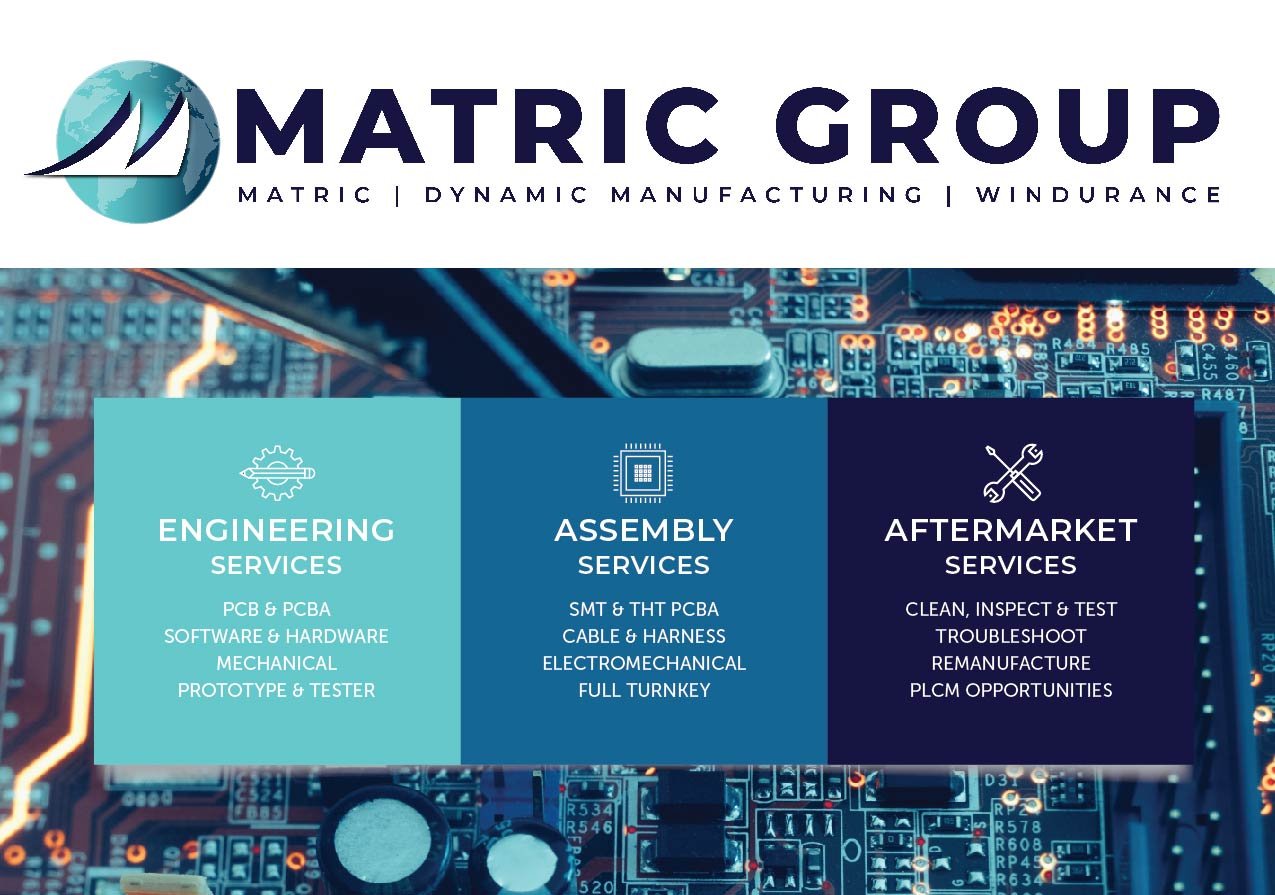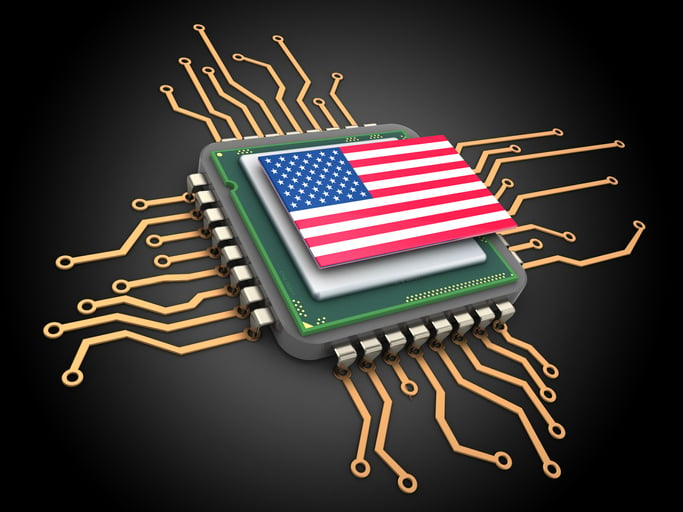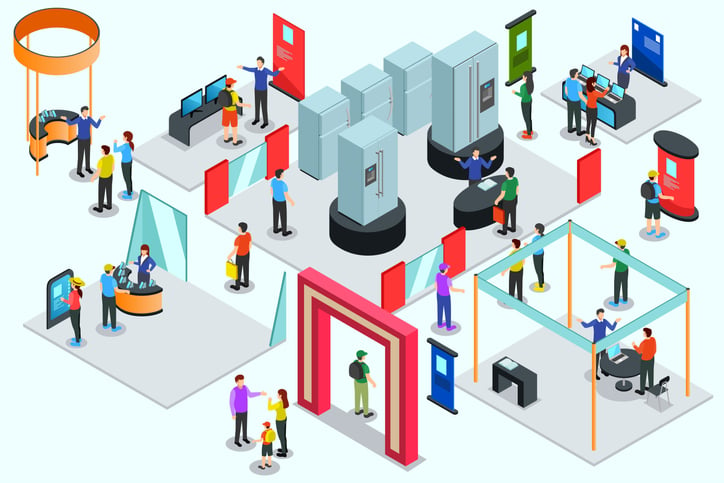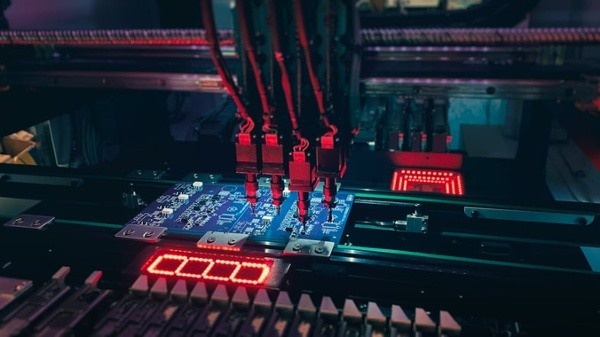
1 min read
Matric Invites You to Visit D2P Marlborough 2023
Fall in the Northeast means a lot of fun activities in your personal life and year-end planning and reporting in business. It also can mean a lot of travel. This is true for some of our Matric staff.
Read More









